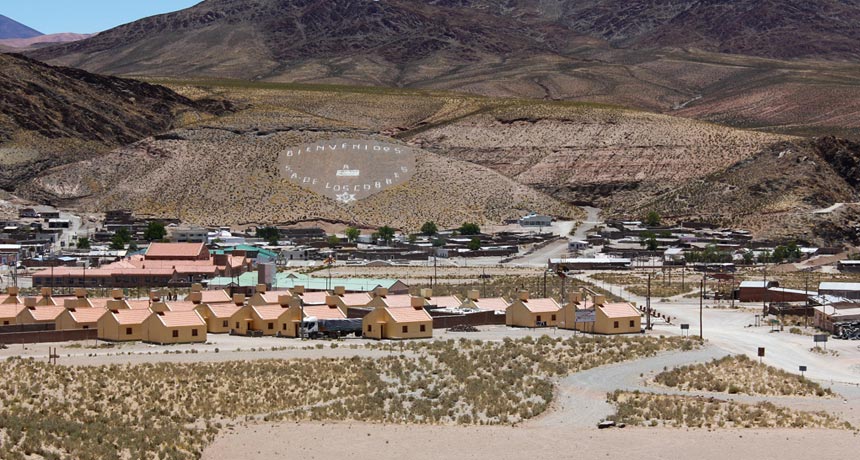Arsenic spurs adaptation in Argentinian villagers

The village of San Antonio de los Cobres is high in the Argentinian Andes. The groundwater is contaminated with arsenic, and the people local to the region may have adaptations to its poisonous presence.
Sarmale / OAyuso/Flickr (CC BY-NC-SA 2.0)







